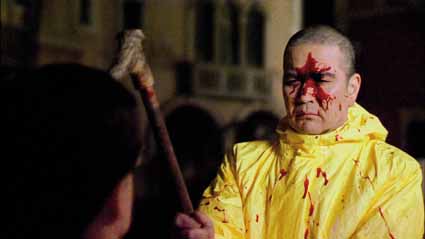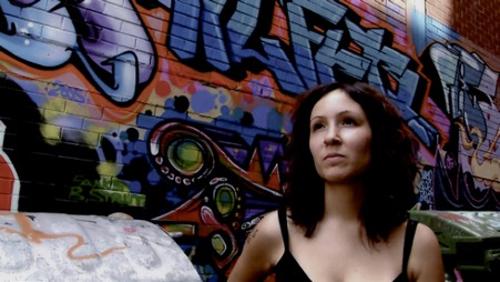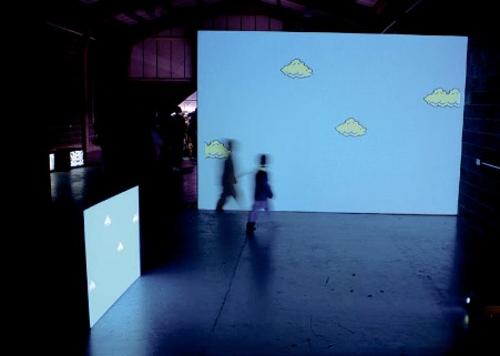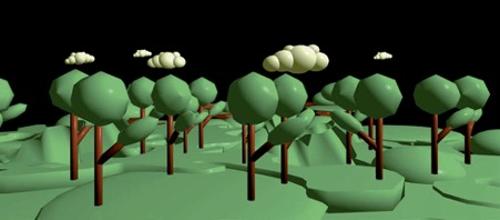
Between April and June 2007, Making Space, a marketing-oriented initiative of Arts Victoria and the Australia Council, celebrated the work of twenty-one artist-run initiatives 'in recognition of their contribution to Australian contemporary art' (Victorian Initiative of Artists Networks website: http://via-n.org/). As both a promotional exercise and a sign of endorsement within the sector, this one-off government-sponsored festival did little to address the long-term financial struggles of artist-led organisations. Artist-run and independent spaces often appear to be free of the bureaucratic red tape that holds back other institutions, but the reality of this so-called freedom is frequently a lot stickier than we are led to believe.
Exhibiting an assortment of controversial and confrontational works during the Making Space program The Rules of Engagement sought to both expose and critique the unseen relationships and structures that shape what we see within the construct of the art exhibition. In line with what Thomas Wulffen has described in the catalogue essay as 'radical curating', this exhibition reflected an awareness of the necessary dependence on these frameworks as a paradoxical source of disillusioned inspiration. From celebrity sensationalism, bad boy provocateurs, insider scandal, and stars from Venice, The Rules of Engagement appeared to have it all.
Developed from his 2002 studio residency at Gertrude Contemporary Art Spaces, Dane Mitchell's Recent Acquisitions tested the boundaries between artist and institution. Not shown in its entirety until now, this installation, consisting of a box of shredded confidential documents expropriated from ACCA's rubbish, was displayed alongside a carefully worded letter, explaining why Gertrude was unwilling to show it. Rather than simply a work about censorship, Recent Acquisitions exposed the way art institutions are torn between artistic concerns and wider ethical and self-regarding obligations.
More mundane was Gabrielle de Vietri's How to look at a Twelve-Step Guide...and an Afterthought. Twelve steps? I barely got through five. Framed instructions such as 'Raise one hand to your chin or mouth and support that arm at the elbow with the other hand' considered the ambivalent relationship between artist, viewer and work of art. With irreverent nuances the artist set up such viewing conditions as a way of highlighting this potentially empty engagement. Vietri consciously preempted the response of the audience in a way that had all but lost faith in the viewer and the power of art. I was no exception.
In Antoine Prum's Mondo Veneziano, a curator, a theorist, and two artists exchanged dialogue (sourced from art texts) and acts of violence in a counterfeit Venice. Originally exhibited in the Luxembourg Pavilion at the 2005 Venice Biennale, Prum was one of the only artists to question the context within which his work was exhibited. Against the backdrop of the Venice Biennale established in 1895 and which still stands today as the most prestigious international art event, the banal artspeak of Mondo Veneziano parodied the bravado of biennale rhetoric and revealed the many conflicts that occur behind the scenes.
While the other artists addressed more singular concerns, Prum brought them all together. Yet although the role of the institution, dealer, theorist, academic, viewer, and most significantly the artist were dealt with, the role of the curator escaped closer scrutiny. Perhaps this further demonstrates the professional boundaries we set ourselves, for we all have our own agendas and limits. Paradoxically in writing this review I have found that I cannot escape this predicament. It's therefore in my own best interests to hold my tongue, and conform to the rules of engagement.












